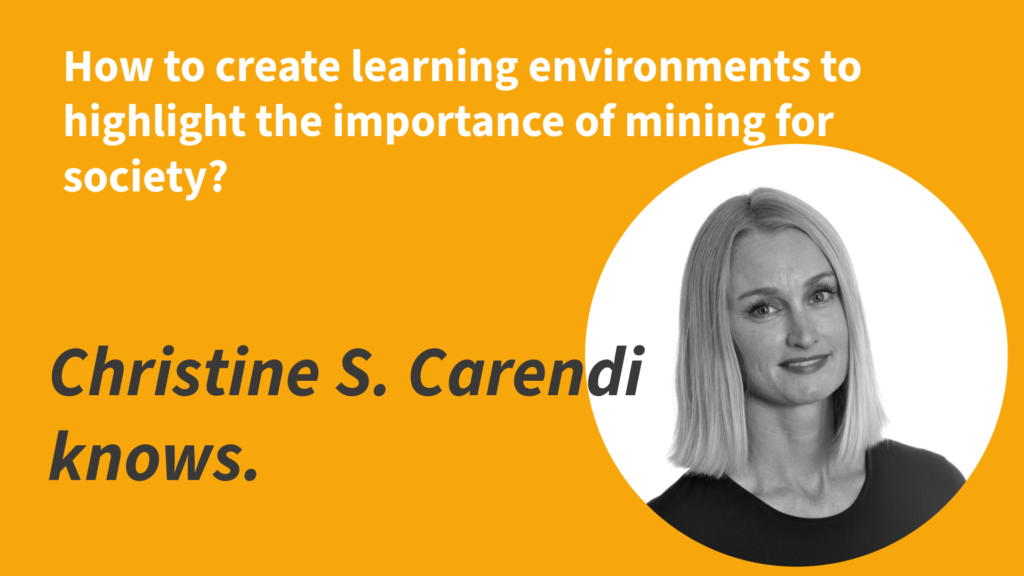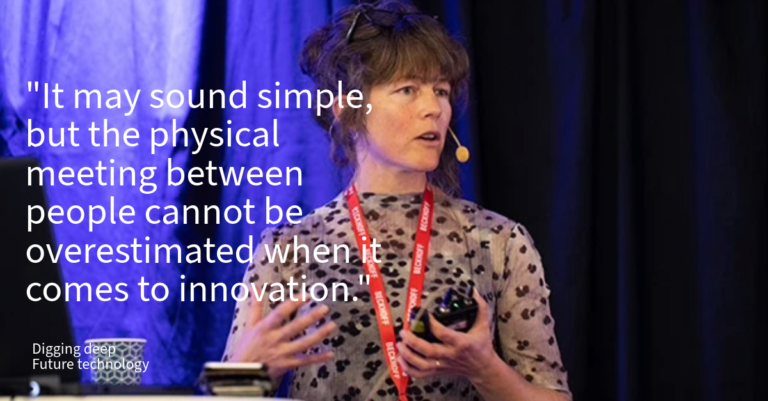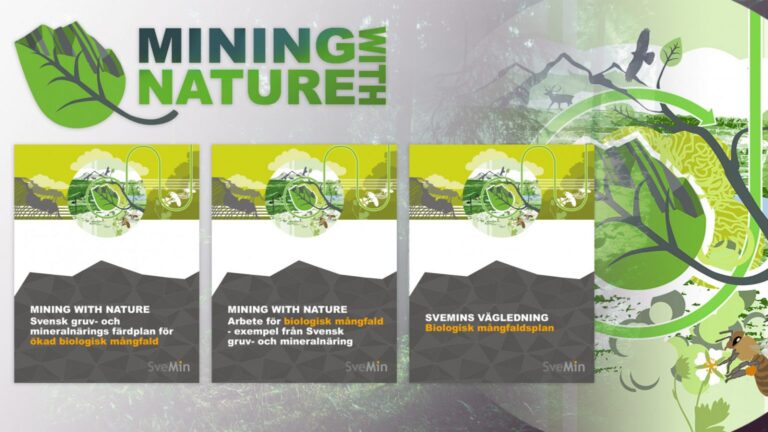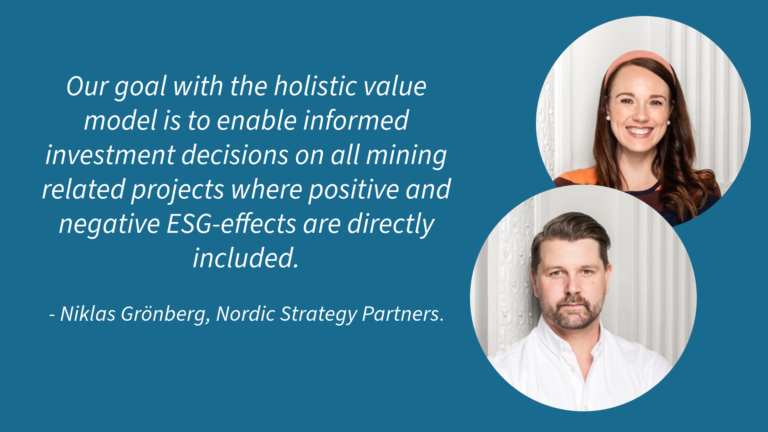How to create learning environments to highlight the importance of mining for the green transition, and inspire a young generation to pursue a future in this sector? Swedish Science Centers (SSC), a member association representing 20 science centers across Sweden, in total receiving approx. 2 million visitors every year, has found the answers.
Every year, approx. 350 000 students and 20 000 teachers across the country participate in SSC’s educational programs aiming to promote interest in STEM and facilitate a meeting place for the general public, educational, business and academic sectors.
Accessing the mine with VR
Initially, Swedish Mining Innovation partnered with SSC to introduce Modern Mines, an interactive virtual reality mine*, across nine of their sites. It soon became evident that the scope for creating a sustainable learning environment needed to be broader and address the role of mining in the green transition.
The green societal agenda starting point
In the following pilot study, Modern Mines 2, Swedish Science Centers consulted actors from the mining, manufacturing, energy sectors along with public sector representatives, environmental associations and professionals in visual production, visualization and pedagogy. Additionally, the individual science centers´ local context and strategic direction was also included.
Christine Sundberg Carendi, Secretary General of Swedish Science Centers summarizes the results:
– We now have a common knowledge base on the mines’ role in the green transition, along with a recommendations for how to best create sustainable value going forth. Science centers traditionally work closely with sectors of relevance to their communities, municipalities and regions.
– For science centers based in mining regions, the increased societal need of metals and minerals are part of an ongoing dialogue and collaboration with the mining sector. The Modern Mines projects made it evident that we need to address the green transition in general, and adapt the entry point of learning to the industrial sectors relevant in a local context. Taking a value chain perspective, this means for example explaining the need of metals and minerals for making batteries and windmills. There is also a need for increased focus on the social perspective on the green transition and the representation of conflicting interests.
The central conclusion of Modern Mines is that there is a need for increased general knowledge about green transition among the public, and that this needs to be addressed before a specific mining focus. Further development work is proposed in close cooperation with the mining and energy industry, academia and civil society.
Read more about Modern Mines here.
*Luleå University of Technology within the framework of the SIMS and NEXGEN SIMS projects.







